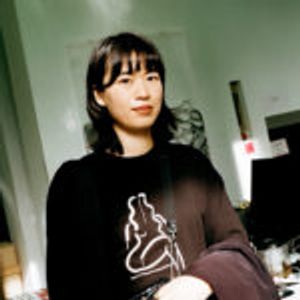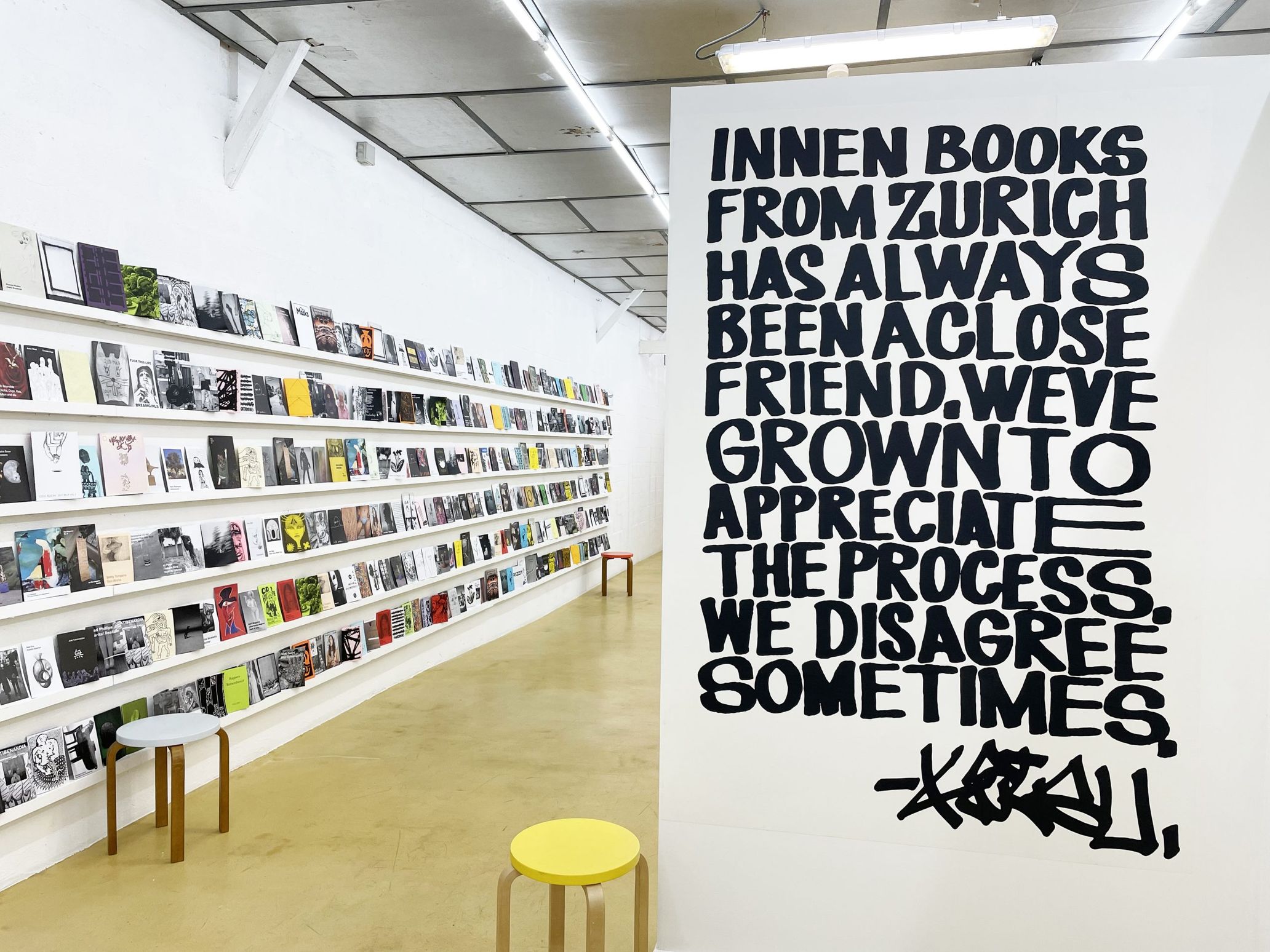
Aaron Fabian
Aaron Fabian is a graphic designer, publisher, and editor-in-chief of innen. He founded the independent publishing house innen in Budapest in 2006. He lives and works in Zurich and offers unconventional, unique perspectives on art and contemporary trends through his zines. In 2010, he launched Zug Magazine, a series of books featuring carefully selected contemporary artworks. In 2020, he co-founded innen Japan with Hiroshi Iguchi, through which he releases zines of Japanese artists.
www.innenbooks.com
Instagram: @innenbooks
innen, an independent publisher from Zurich, Switzerland, has published over 400 zines and books, offering unconventional perspectives on art and subcultures. We have received news from the publisher, Aaron Fabian, that they are releasing an anniversary book summarizing their activities over the past 18 years (innen became adult). Published by P.A.M. / Perks and Mini and supported by Carhartt WIP, fashion brands with which he has been in a close relationship, the approximately 500-page hardcover is packed with past publications and unpublished materials from the archives. A launch event was held at “The Community Centre” in Paris from April 29 to May 14 to celebrate its publication. In addition to the zines published so far, rare and original materials, rare goods, and works by artists who have been friends with “innen” were exhibited. We asked Aaron, who had just returned to Zurich from Paris after the opening, about his encounter with zines, the launch of “innen,” and the secret story behind his work with artists.
I was drawn naturally into the world of ZINE.
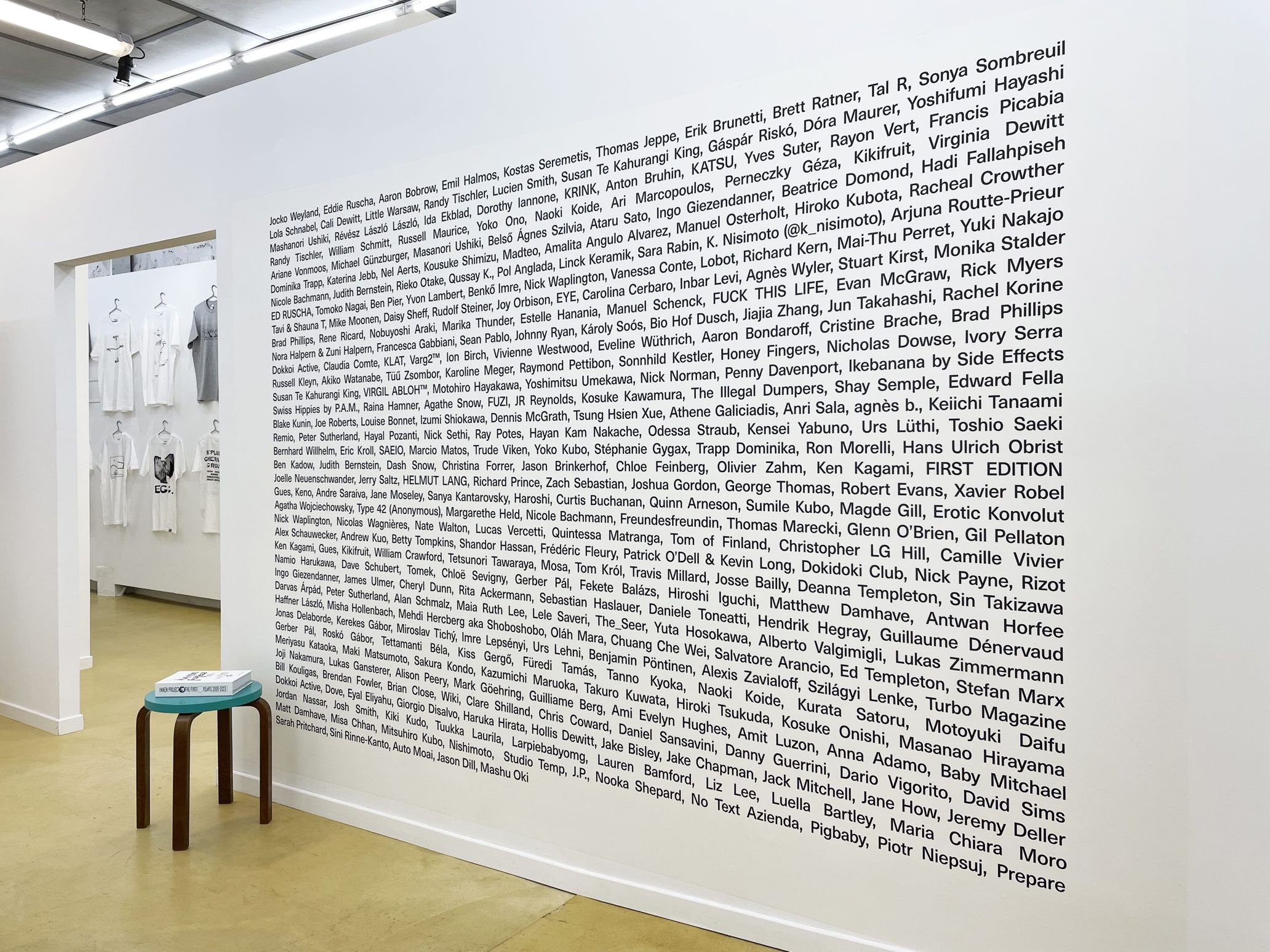
–First of foremost, congratulations on the launch of your anniversary book! How was the event in Paris?
Aaron Fabian (Aaron): Thank you! Having so many people there was fun, and we got great feedback. And Will Bankhead from the London music label The Trilogy Tapes did a great job DJing.
–Why did you make an anniversary book this time?
Aaron: We wanted to do it for our 15th anniversary but kept postponing it, so we finally made it happen for our 18th anniversary. Once again, I’m impressed that 18 years have passed, and innen has grown up – became an adult (laughs). It was challenging to put together all the past publications and unpublished material from the archives, but I’m glad I could cast my ideas into shape. Hans Ulrich Obrist wrote a preface to it, and American graphic designer Edward Fella did the cover design.

–I wanted to ask you a lot about yourself and innen. First of all, please tell us about your encounter with zines.
Aaron: I’m from Budapest, Hungary. My mother is an artist and art history teacher, and my father is a book designer and typographer. My grandmother worked in publishing. I grew up in an artistic family, so the printing and publishing culture was very close to me, and I first encountered photocopy-style fanzines at a local anarchic bookstore when I was 8 or 9 years old. Then, as a teenager, I created a punk culture fanzine with my elementary school friends. I was really into grayscale and black-and-white photocopying back then.
–Who did your zines feature back then?
Aaron: My stepfather was fond of punk. Partly because of his influence, we featured evergreen classic punks like The Exploited and Nina Hagen. That was the first zine I ever made, a funky punk fanzine I made with friends purely for fun.
–What is the zine culture like in Budapest, Hungary?
Aaron: I have some friends who create and publish zines, and in the last few years, there have been zine and book fairs.
Communication tools for connecting artists and the scene
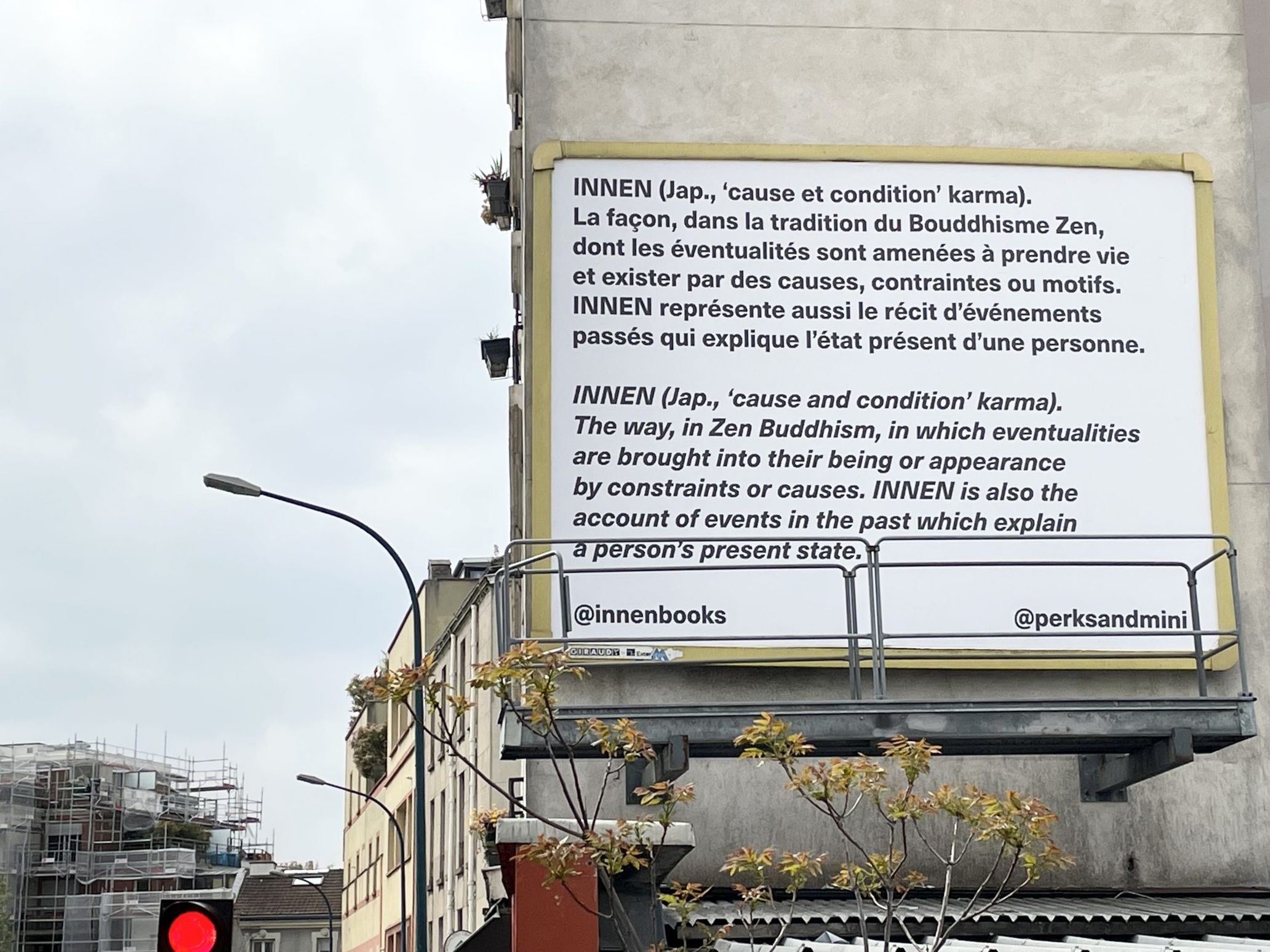
–And you founded innen in 2006, but what motivated you to start it?
Aaron: Everything just happened naturally. I was studying graphic design in Budapest back then after in Prague, and I had to design a magazine for my final exam. I wanted to give the magazine a unique name. So when having drinks with some friends at a bar, I told them I was looking for a cool name, and one of them came up with innen. I liked it right away. I said, “It’s so cool!” and we had a few beers for that. By the way, innen means “inside to outside.”
Then, when I was in the first year of college, I started innen. The first zine I released was “F – Fotos” by my friend Füredi Tamás from Budapest. He is a very creative painter and graphic designer, and I love the photos he takes. Even after that, I made another zine for another friend, and so on. Finally, after publishing about 10 to 15 works, I found myself becoming a publisher.
I was surrounded by creative people and art through family and friends. I wanted to connect in some way or another with those people and scenes and produce something new. Zines are an easy way to communicate with them and become friends.
–Zine is a communication tool for you. So why and how are you particular about the 13 x 19 cm size of the zine?
Aaron: Benjamin from “Nieves” started five years before innen, and he used a 14 x 20 cm format, so I wanted a different size. B5 size was just too big, and I wanted to make zines pocketable, so it ended up with this size, and I will hold onto it.
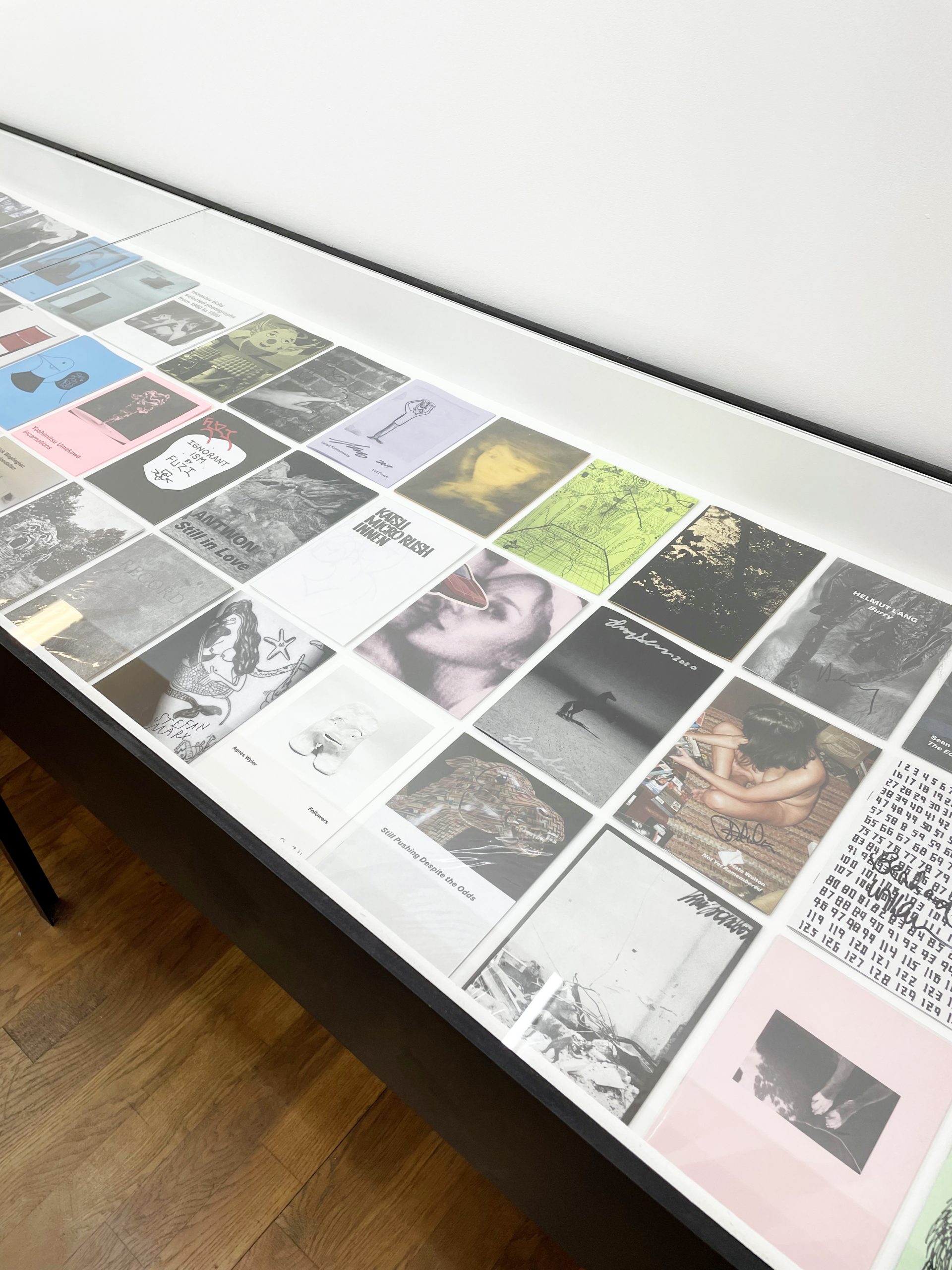

–How do you find artists, and from what perspective do you select them?
Aaron: I simply choose artists I like. innen is an open platform, and it doesn’t matter how old they are, how well-known they are, or what genre they are in, as long as they have something unique to offer. It’s friendly and open and creates a conversation between culture and people. Well, I mean, it’s just real (laughs). How I look for artists depends on the situation. I might find someone online, in libraries, bookstores, and galleries, or even ask friends for recommendations.
I started innen Japan with Hiroshi (Iguchi) in 2020, and I’m a big fan of Japanese culture, so I always get a lot of information about Japanese artists from him. He is ninja and reliable.
The miraculous collaborations created through human connections
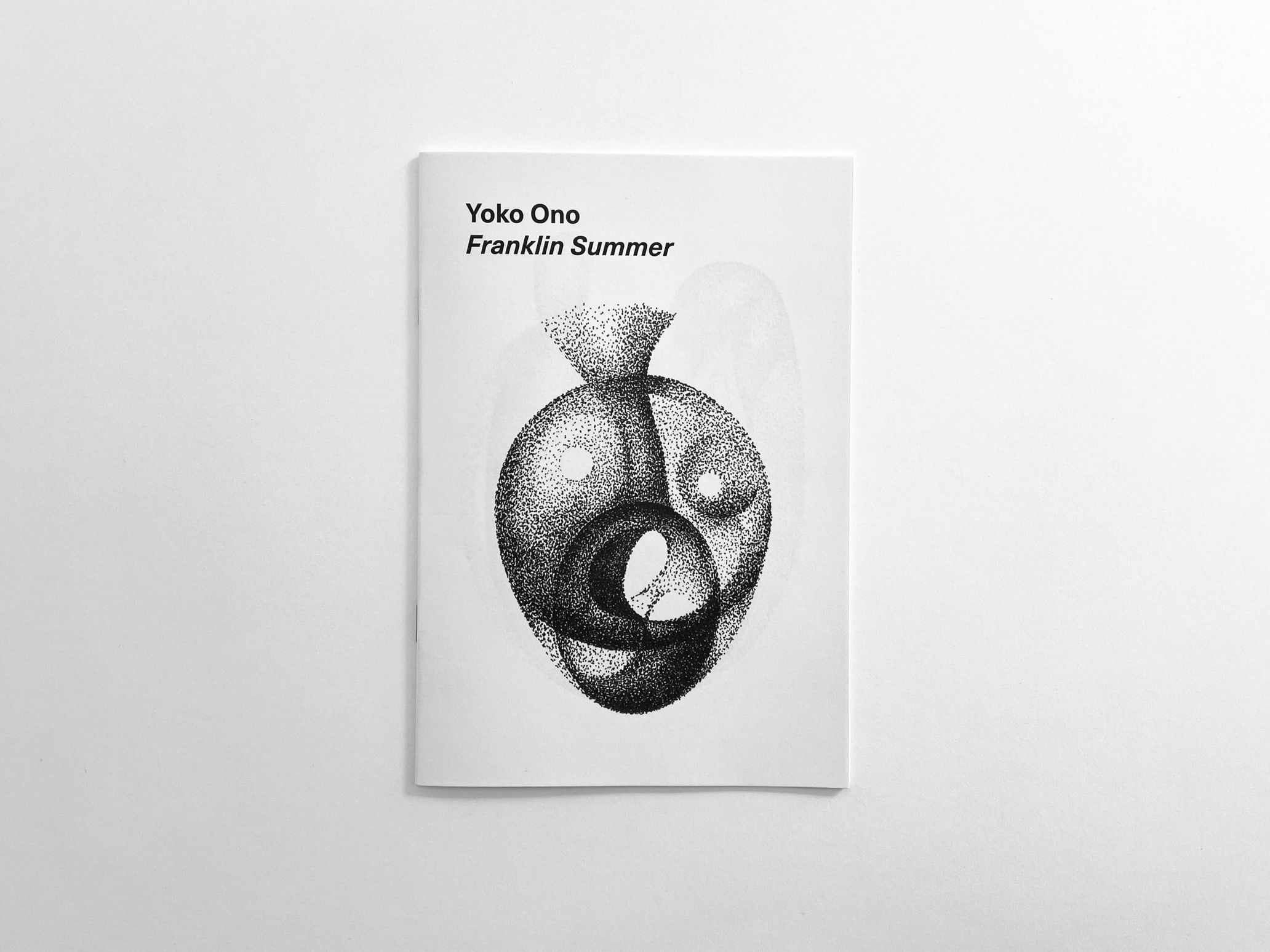
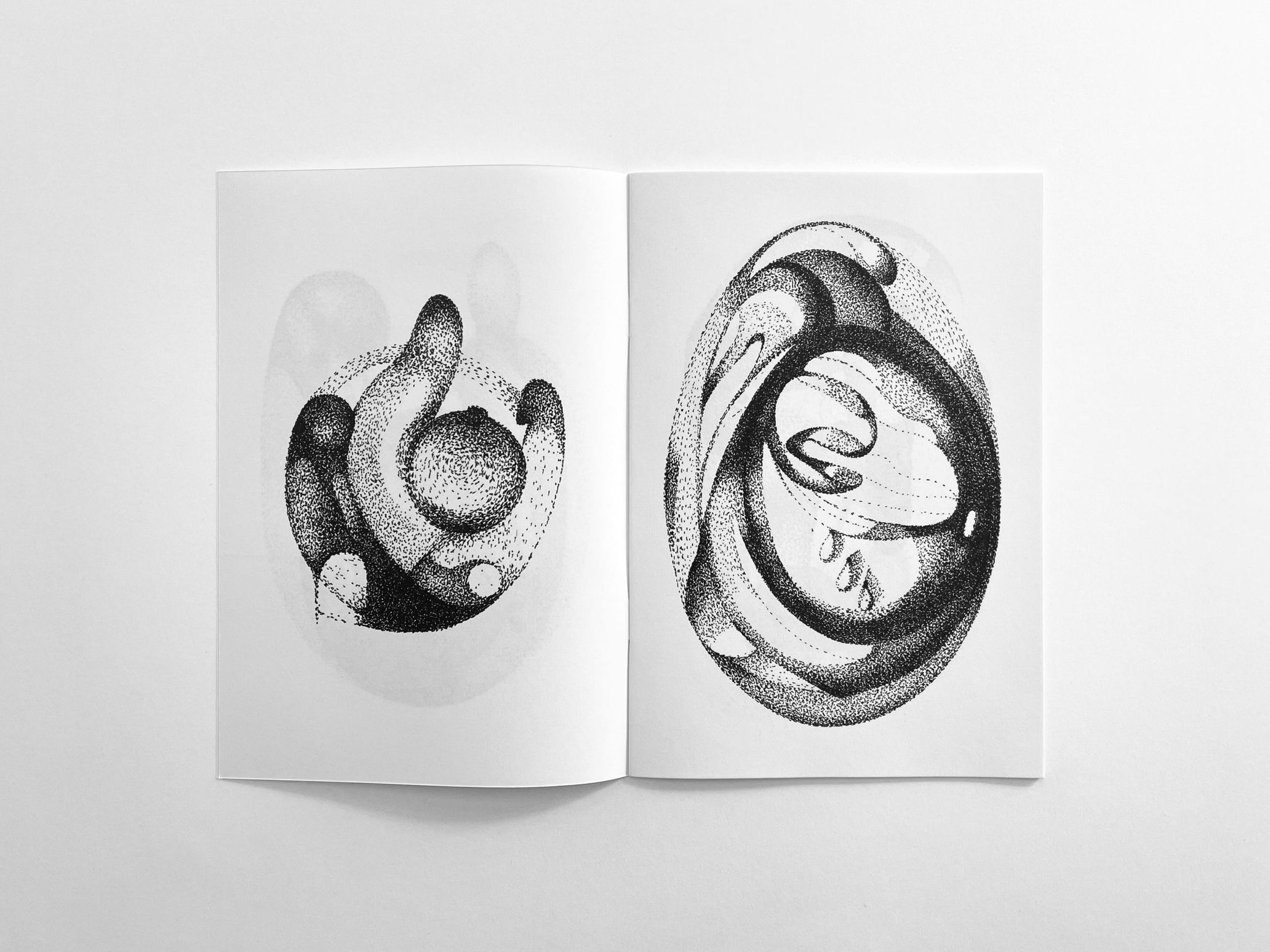
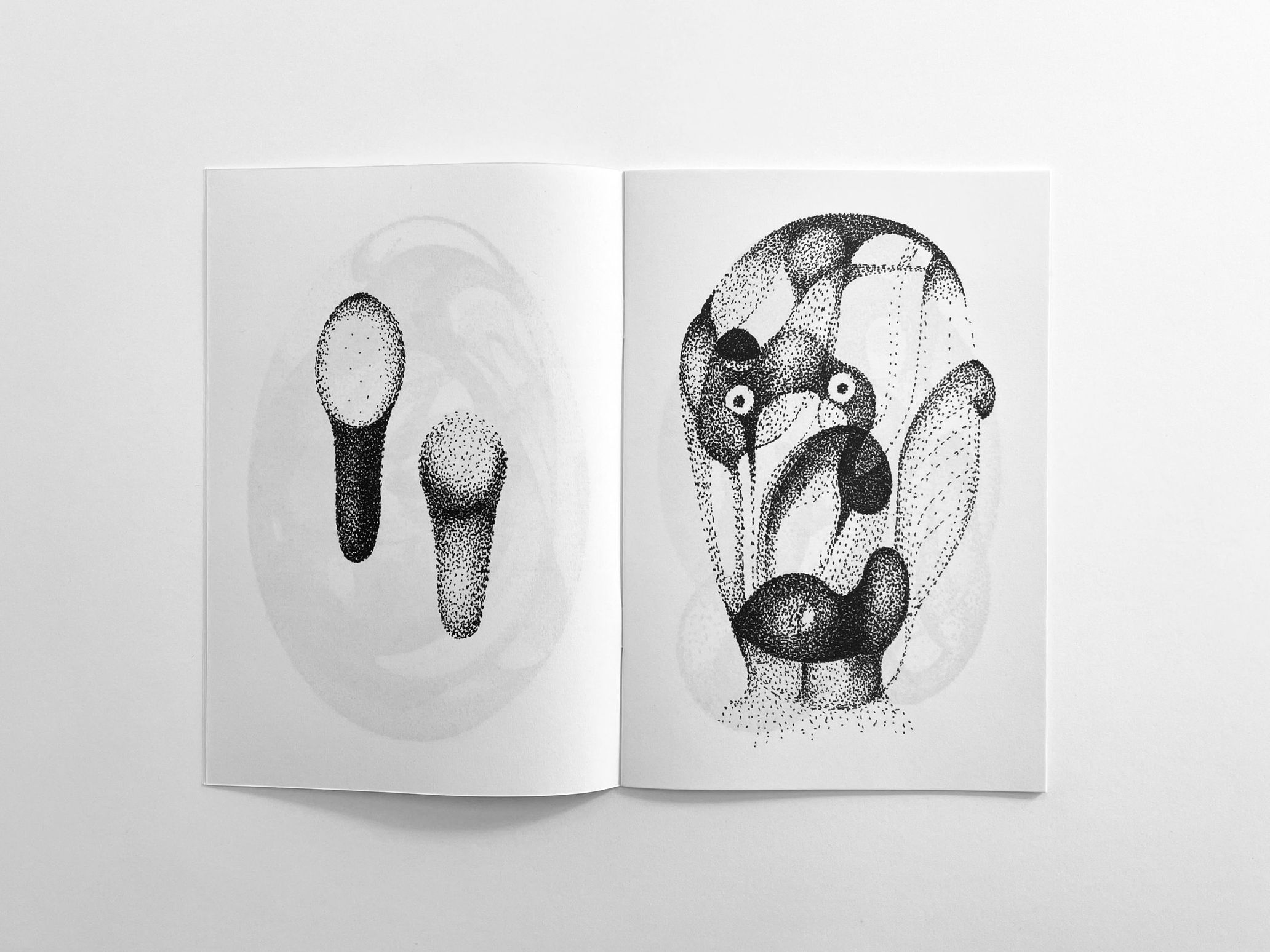
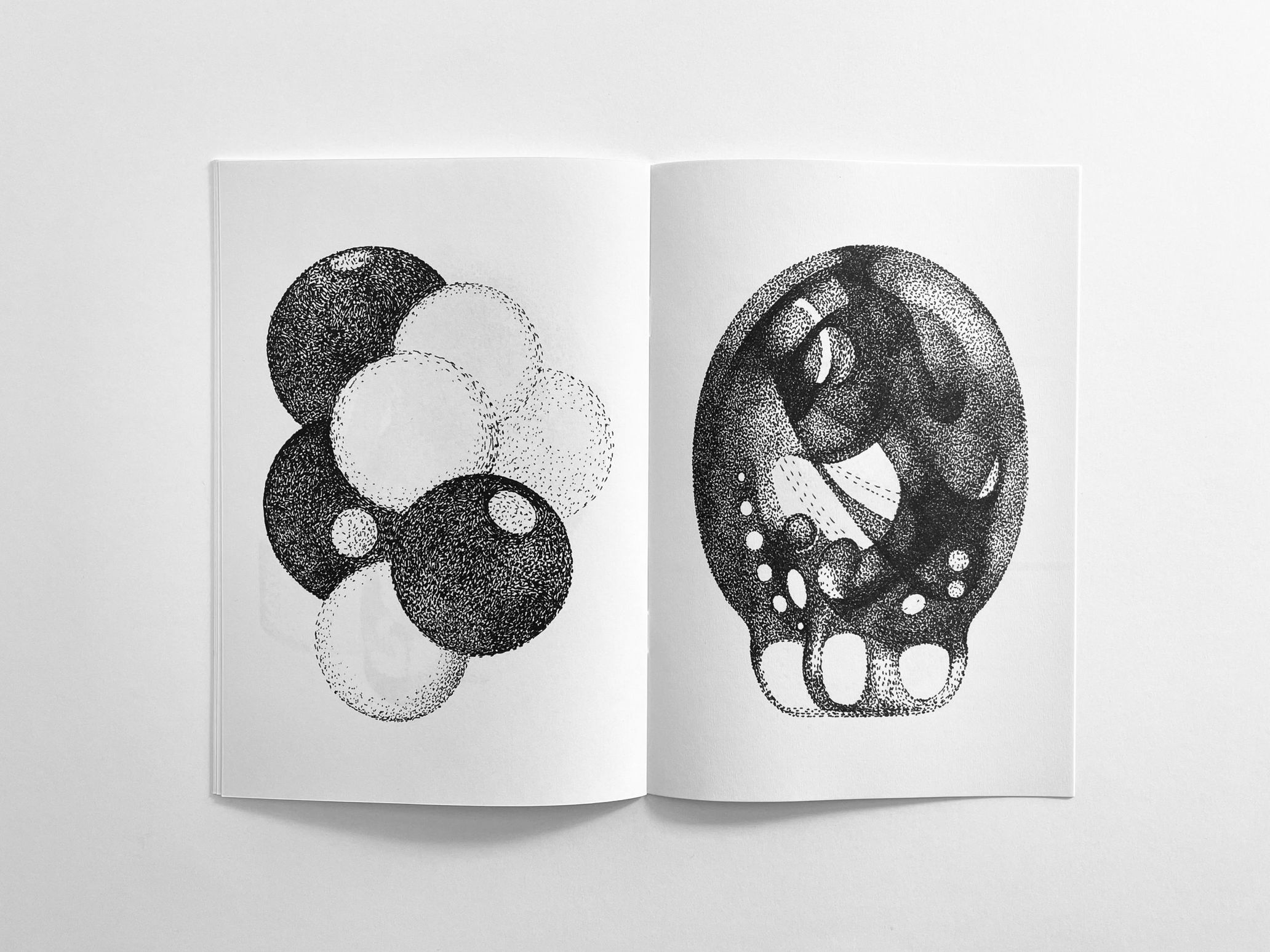
–You have worked with many prominent artists for their zines, and I would like you to share some of the stories behind the zine production process with them. For example, what was the work process with Yoko Ono like?
Aaron: “Franklin Summer” is the drawing project she has been working on since 1994. I wanted to make a zine of this series of works. The curator, Hans Ulrich Obrist, introduced me to her assistant, who gave me high-resolution scans to make it happen. I was fortunate, and I am very grateful to Hans and Yoko.
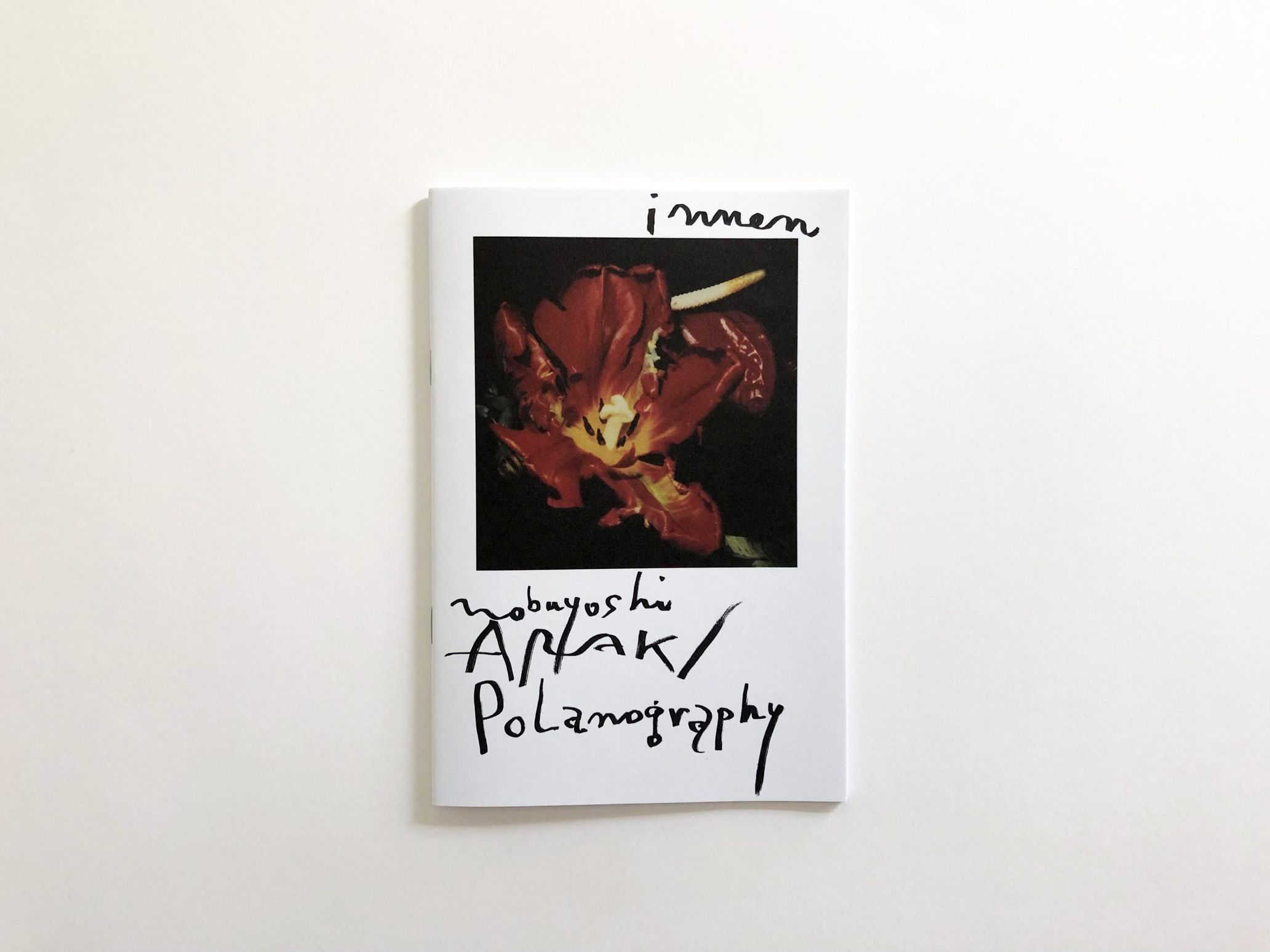
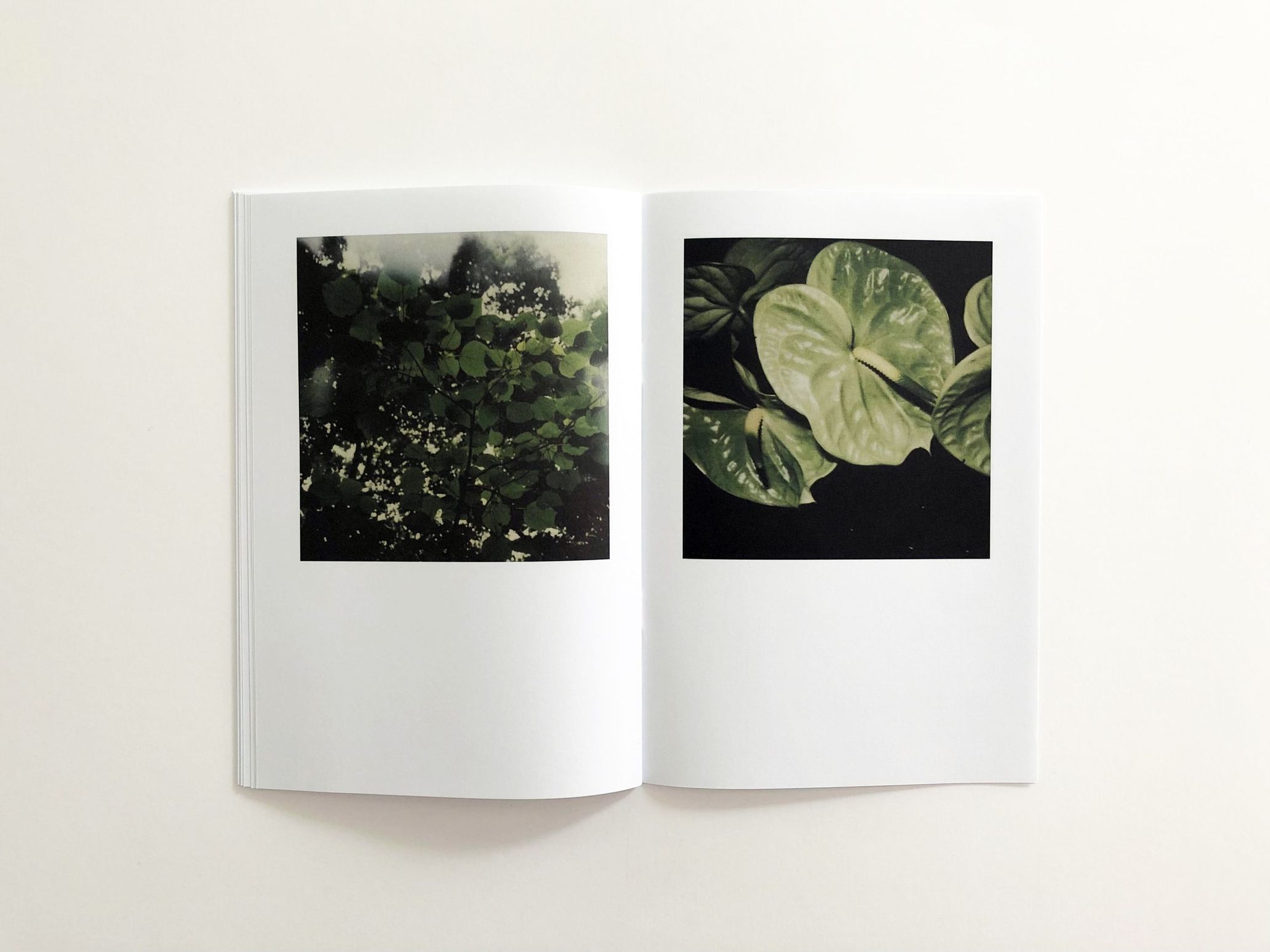
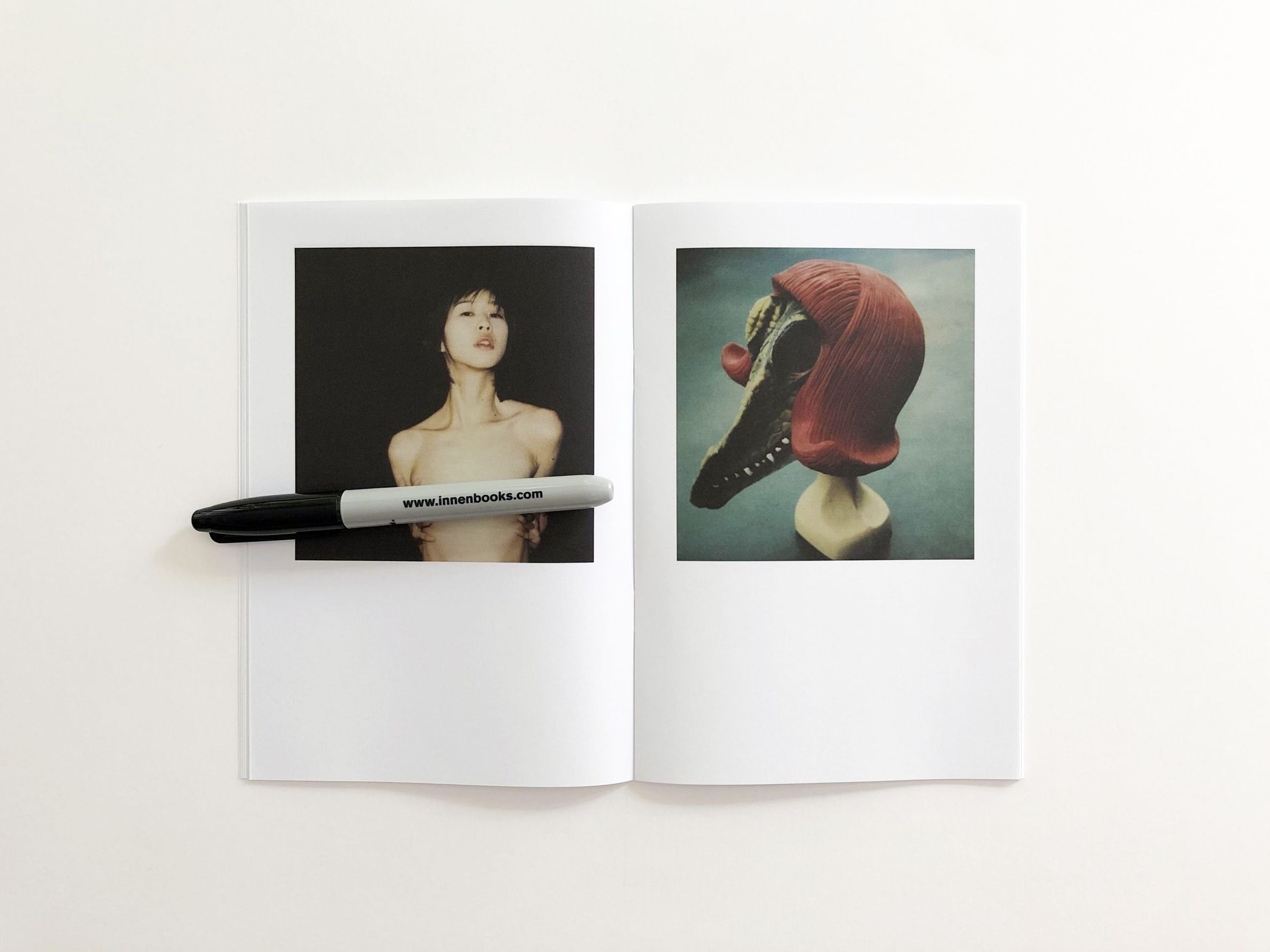

— The production takes time, right?
Aaron: The work with Yoko was completed surprisingly quickly, but sometimes it takes 5 to 6 years. For example, the work with photographer Nobuyoshi Araki took five years. I first talked to Taka Ishii Gallery, but my proposal was rejected. Brett Ratner who works as a producer in Hollywood had a collection of his Polaroids. I was amazed at how extensive the archives were. With that, I contacted the gallery again, and we managed to make it happen. It was another lucky situation. The title on the cover is handwritten by the artist himself.

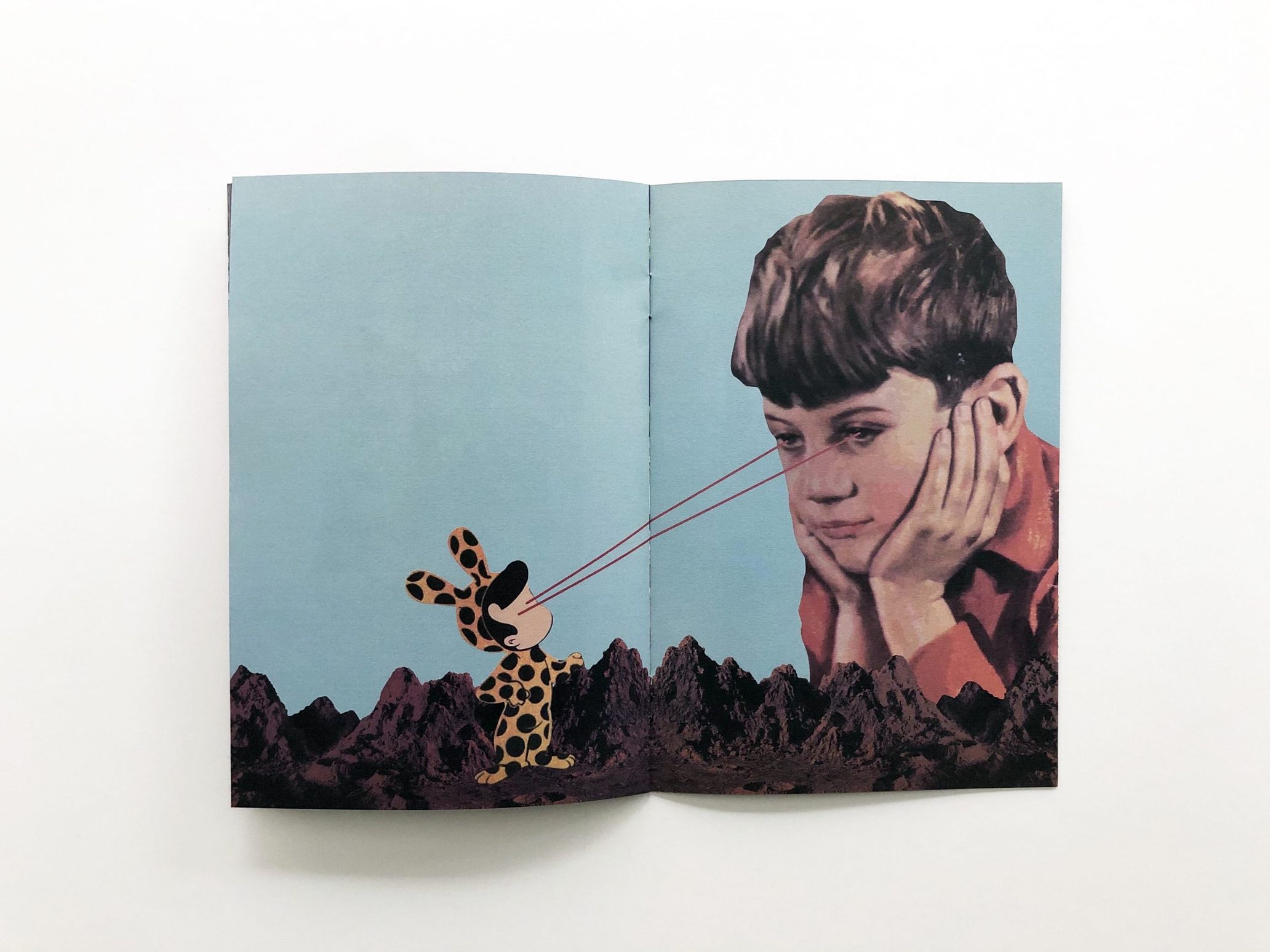
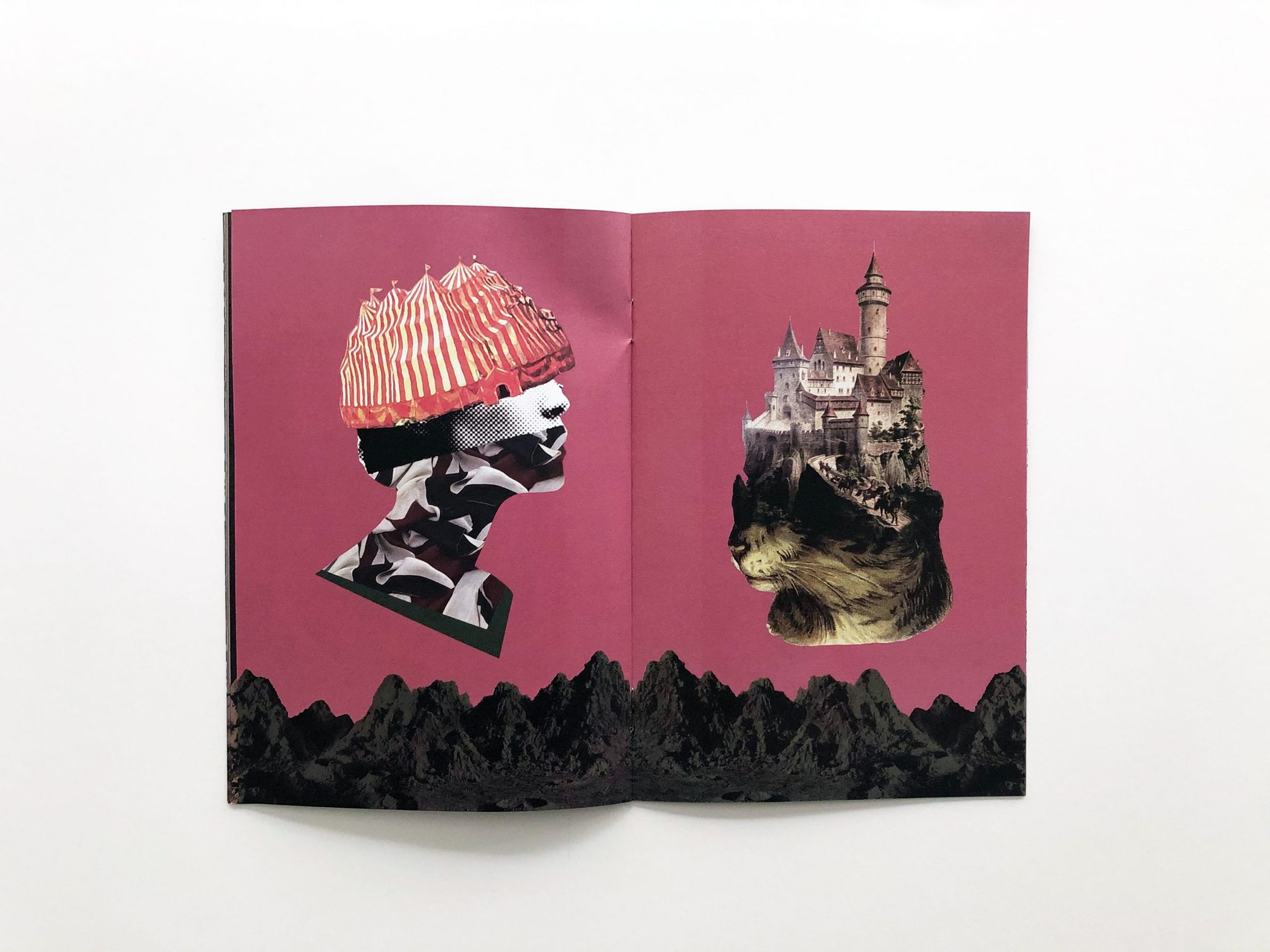
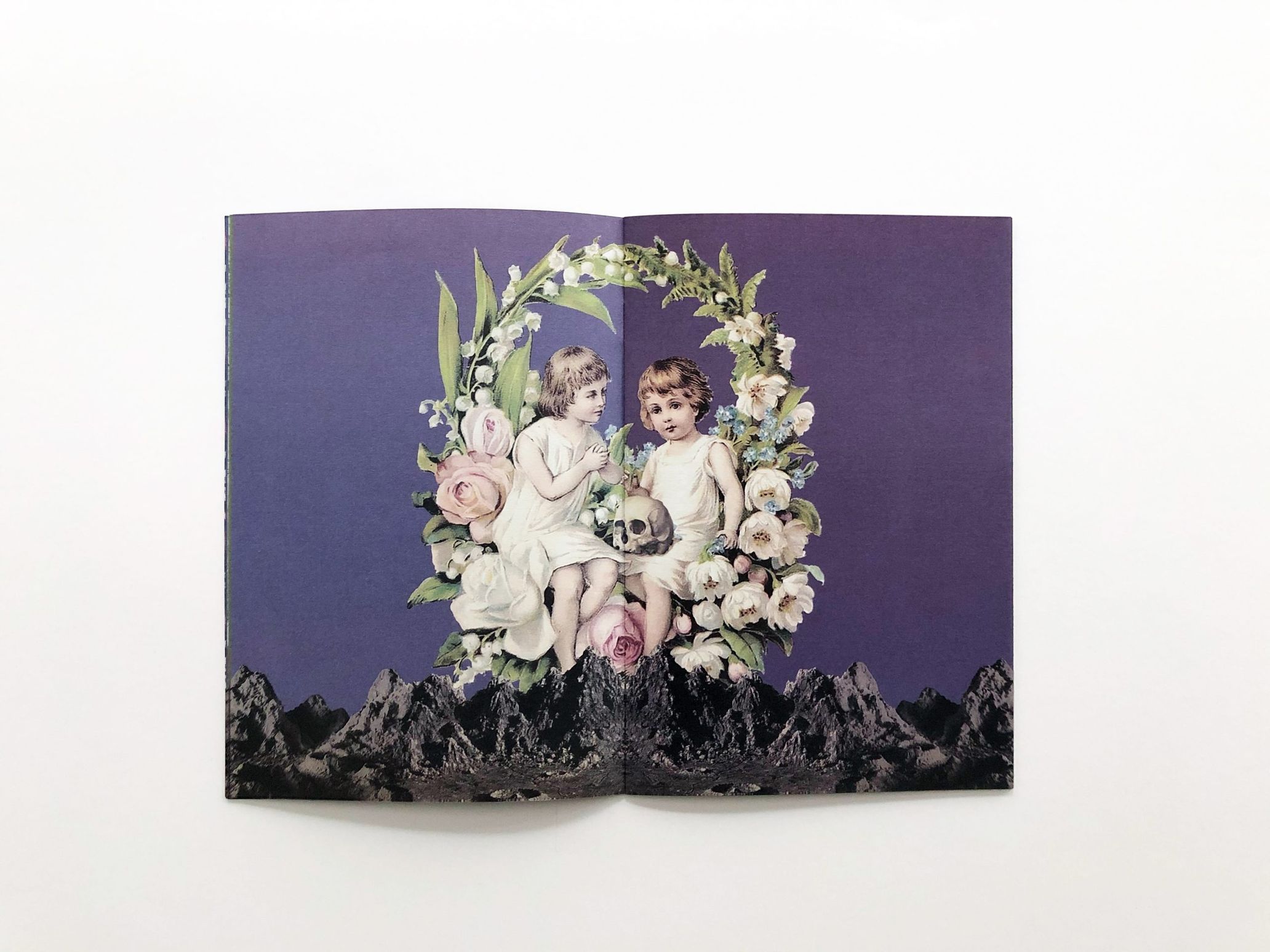
I have some mutual friends with Jun Takahashi, the designer of Undercover, and when I asked him about publishing his zine, he readily agreed. I usually edit, but he did all the layouts this time. So what I did was just print. It was a luxurious situation, which I am so thankful for.
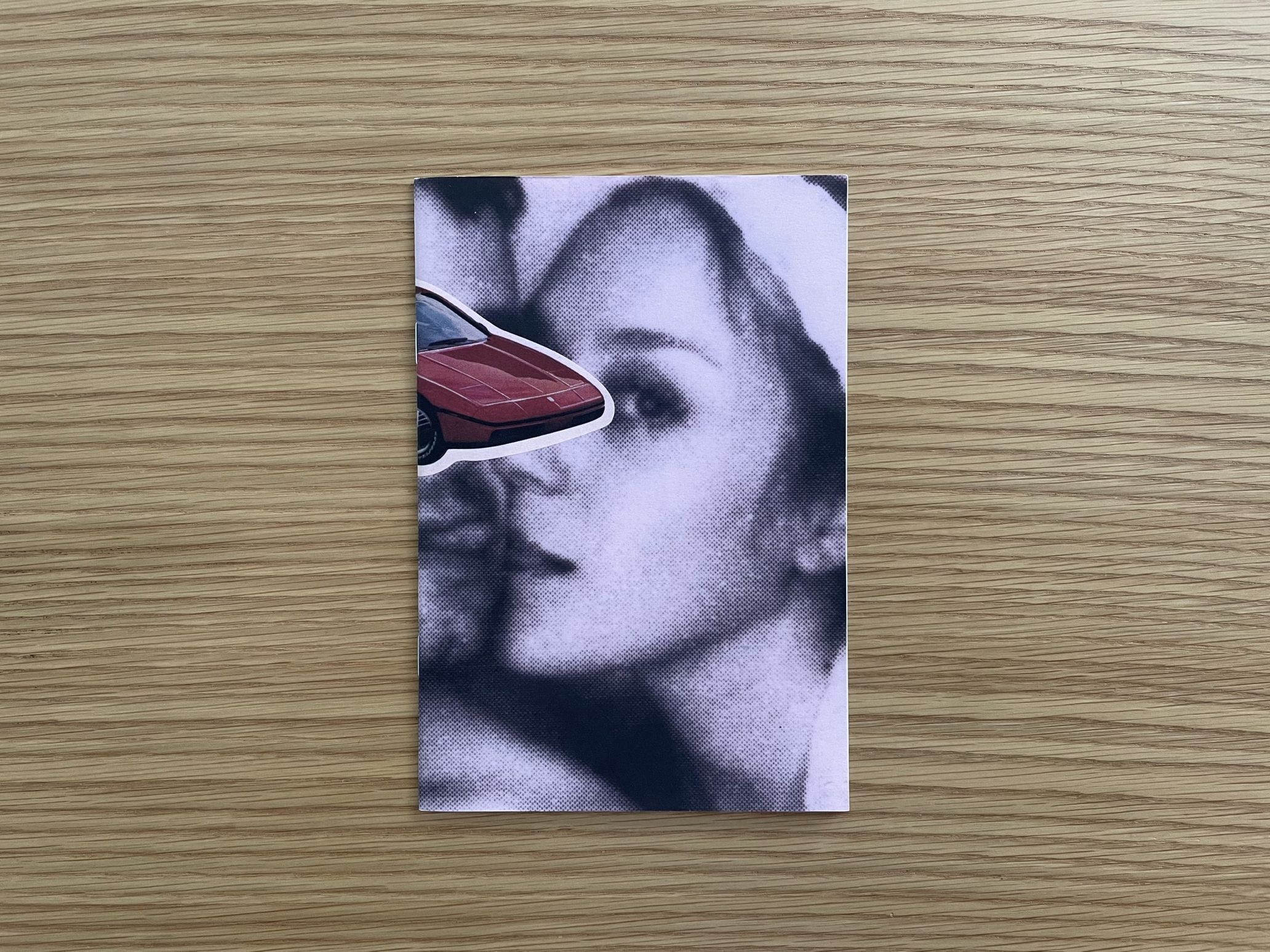

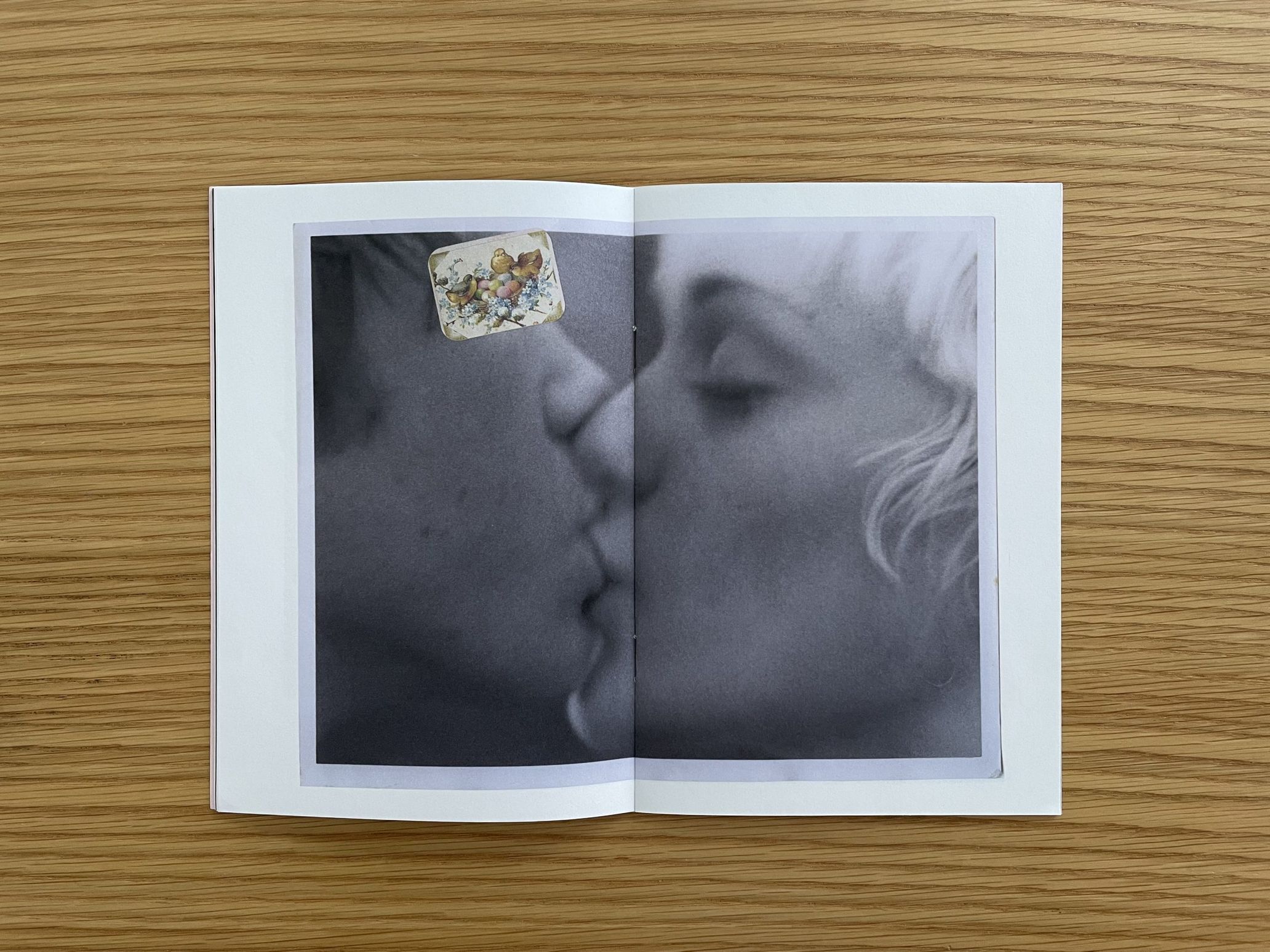
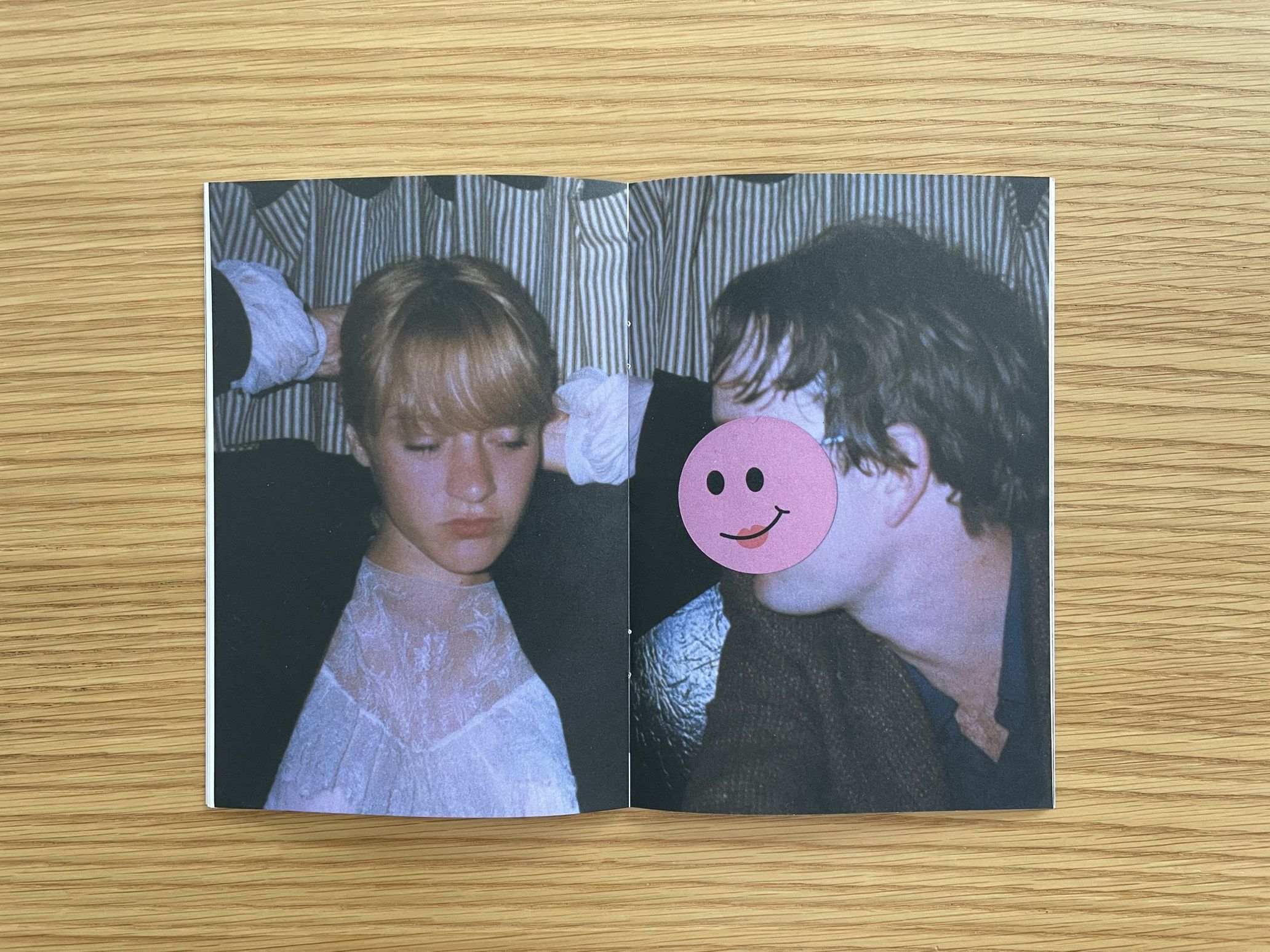
–Speaking about international celebrities, you have also worked with Chloë Sevigny.
Aaron: Her zine is a collection of photos of her exes and other men she has loved in her life, as well as articles about her in the New York Post. It was actually one of innen’s best sellers sold out quickly. I didn’t know she had a big fandom.
–I’m also looking forward to your upcoming zine releases! What do you think is good about the zine as a medium?
Aaron: Zines are one of the easiest and cheapest publications to make. There are no advertisements, and it’s a platform where you can edit freely. Printing is also affordable and fast, and we can share them easily. Today, I produce zines with offset printing, but we usually used black-and-white and grayscale photocopying back in the day. Don’t you think black-and-white and grayscale are very simple and powerful color combinations?
–Lastly, do you have any message for people fond of making zines?
Aaron: Be unique, don’t stress yourself out, and enjoy the time you spend making zines!
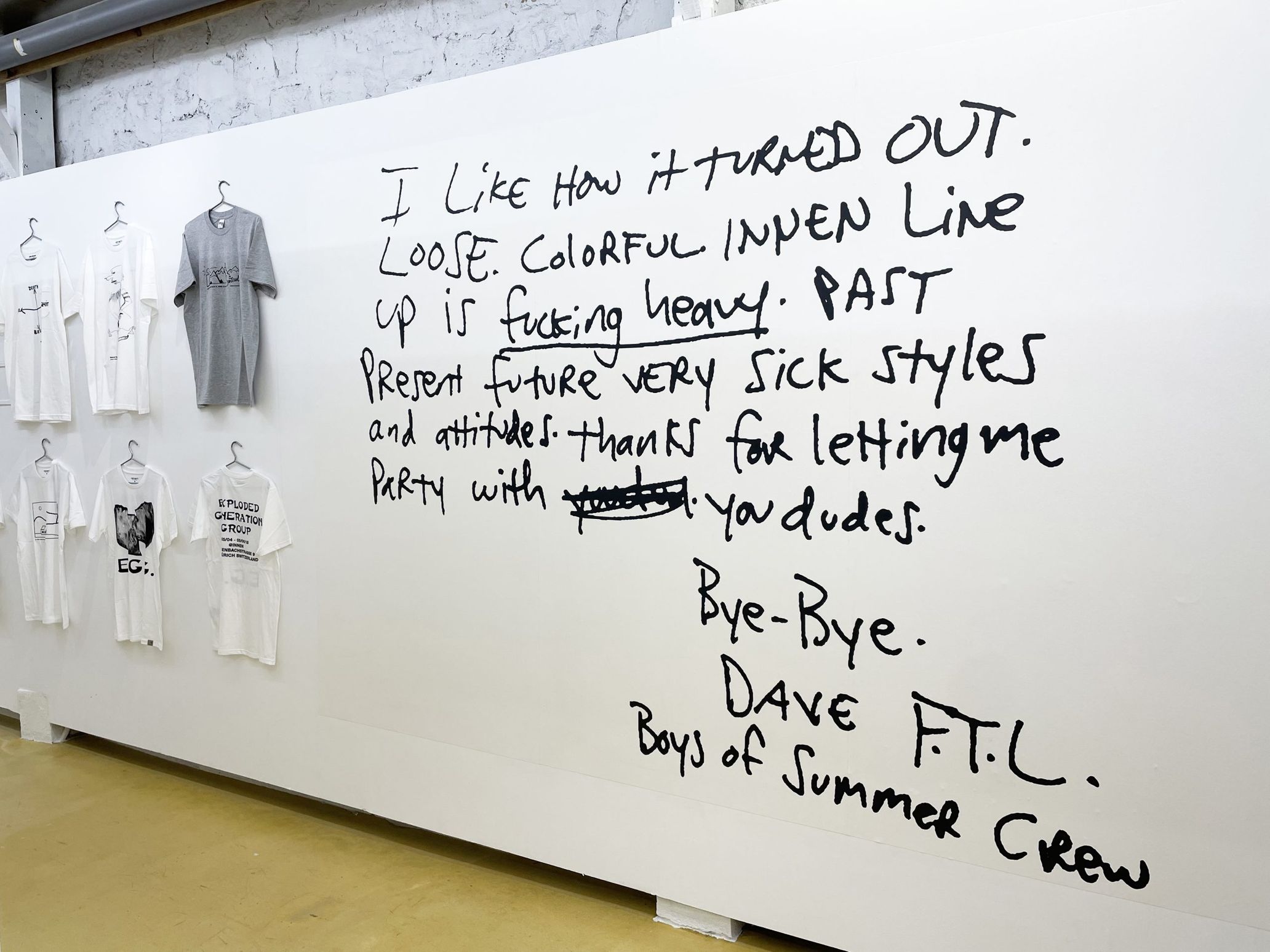
Photography innen

